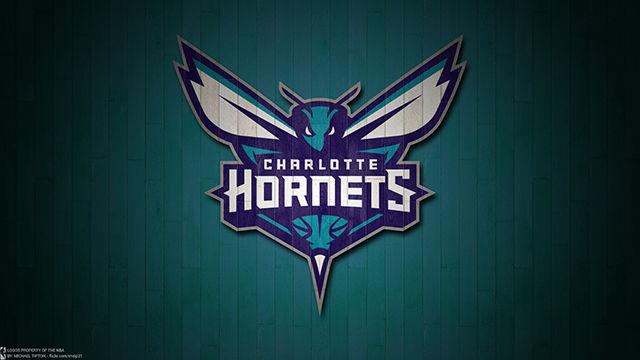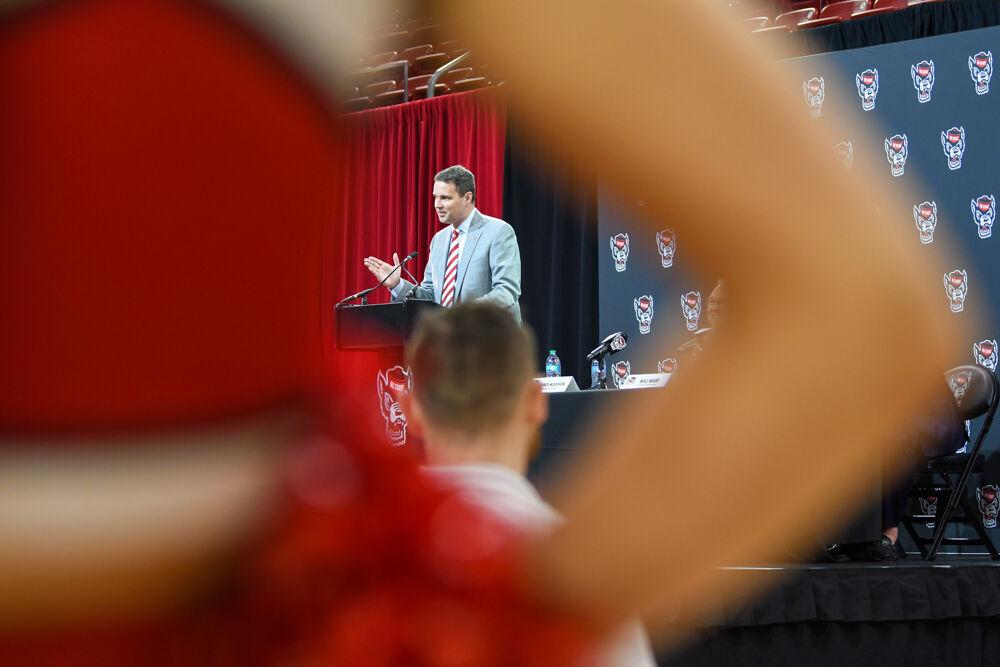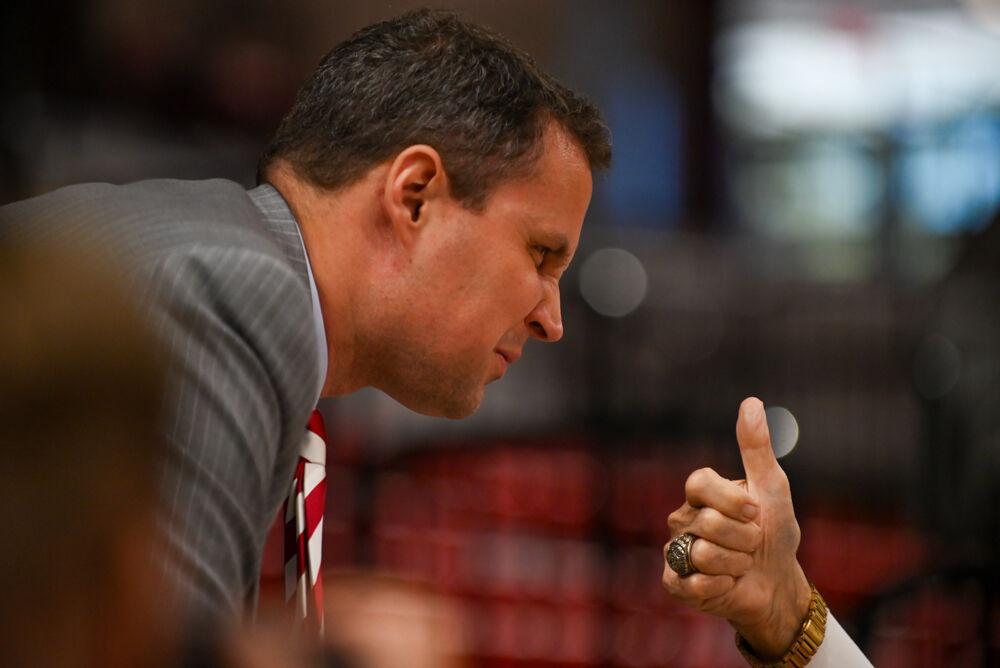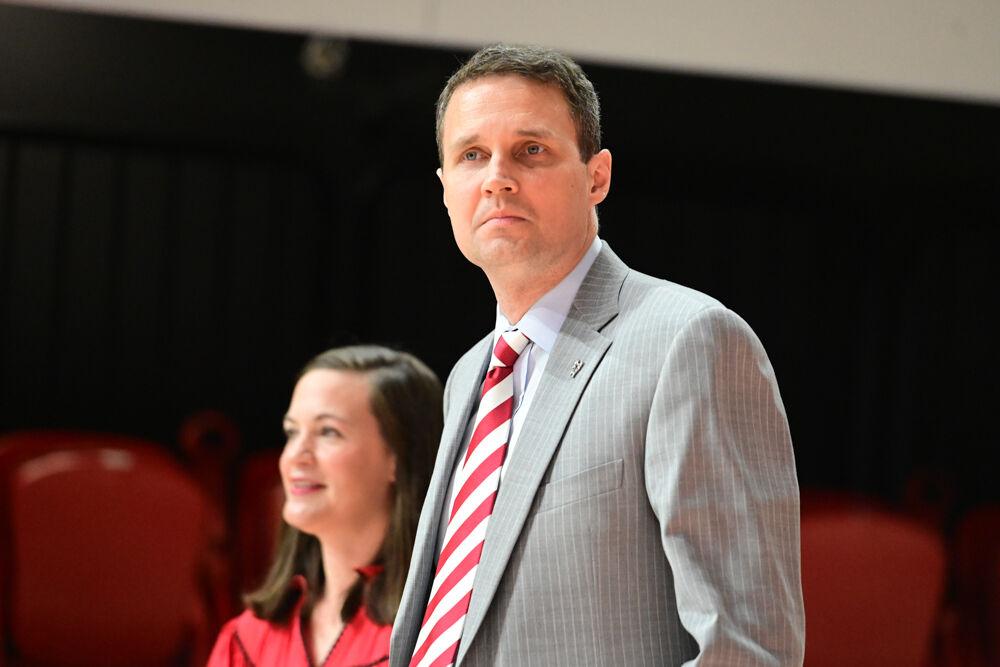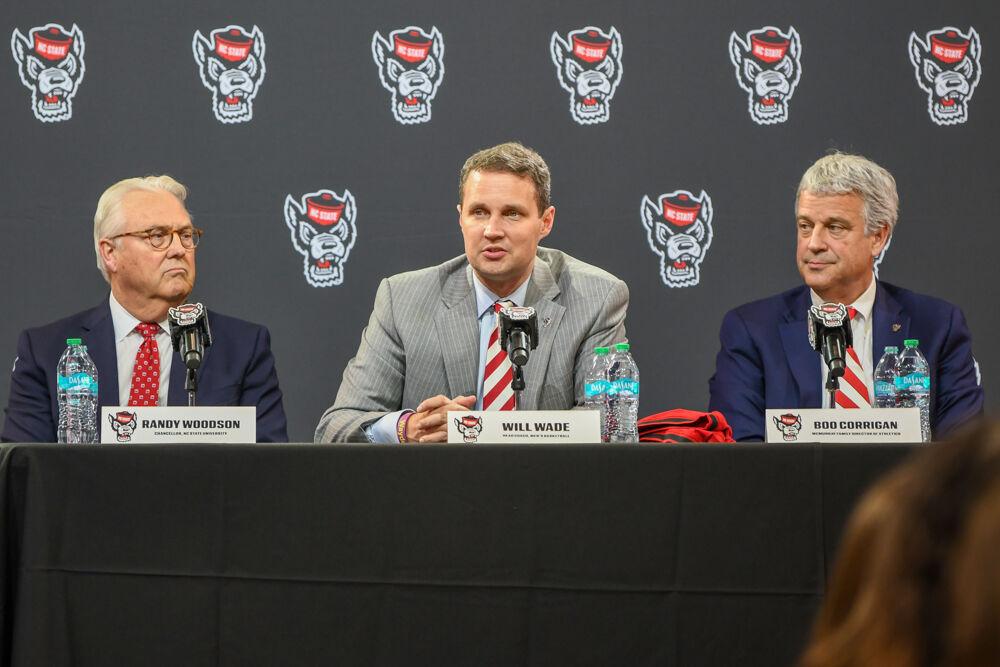The Charlotte Hornets (39-43) missed the playoffs for the third consecutive season, and as a result, are once again selecting in the NBA Draft lottery. The Hornets own pick 12 in the first round and picks 36, 38 and 52 in the second round. It is difficult to pinpoint who the Hornets may target with these picks, as star player and franchise hero Kemba Walker is an unrestricted free agent and could leave the team over the offseason.
Pick 12 potential prospects
SF Nassir Little, UNC-Chapel Hill
Little had a tough freshman outing at UNC, and as a result, did not play as much as anticipated. The once highly-touted number two prospect in the nation finished his season with meager averages of 9.8 points, 4.6 rebounds and 0.7 assists per game on 26.9% shooting. These averages look terrible on paper, but the truth is that Little has some of the best athleticism and explosiveness in the country, plus he went to school in North Carolina, giving the Hornets homegrown talent.
Little could potentially provide the second star player the Hornets need, assuming Walker re-signs, and might be a risk worth taking.
PF Grant Williams, Tennessee
Williams is the ultimate hustle player. For Tennessee, despite being an undersized power forward at 6-foot-7, Williams averaged 18.8 points, 7.5 rebounds with 2.2 offensive rebounds, 3.2 assists, 1.1 steals and 1.5 blocks per game. On top of this, Williams had a relatively high block percentage at 5.4%, meaning that he blocked 5.4% of all blockable possessions that he defended.
Williams has the potential to knock it down from deep, shooting 32.6% from beyond the arc. He is also friends with current Hornets Mile Bridges and Malik Monk, so the Hornets may opt for a comfortable pick.
PF P.J. Washington, Kentucky
Washington might be the safest pick of this bunch for the Hornets, while also having all-star potential. The truth is that the Hornets could use a stretch-four or five to replace Marvin Williams, once Williams retires or leaves the team. Washington has that potential, shooting 42.3% from 3-point land on a limited number of attempts and a 59.2% true-shooting percentage, a metric that combines field goals, 3-point shots and free throw percentage.
PF Rui Hachimura, Gonzaga
Hachimura is another stretch-four prospect worth taking a look at. He averaged a strong 19.7 points, 6.5 rebounds and 1.5 assists for a good Gonzaga team. He also shot 41.7% from deep on even more attempts than Washington and had a high true-shooting percentage at 63.9% despite being used as a post-up big less than Washington.
There are defensive issues associated with Hachimura, primarily how he plays man defense, but the Hornets are the team to help with that as they have many capable forward defenders like Michael Kidd-Gilchrist and a recent draftee in Miles Bridges.
PF Brandon Clarke, Gonzaga
Clarke may have been the second-best collegiate player last year, as he finished with ridiculous numbers such as a plus-53.8 net rating and an 11% block percentage despite being undersized for his position. If his defensive numbers hold up in the NBA, the Hornets could be looking at another star in the making.
Round 2 potential prospects
PG Shamorie Ponds, St. John’s
Ponds is one of the stronger fits with the Hornets and could be groomed to be a starting point guard if Walker was to leave. Ponds averaged 19.7 points, 4.1 rebounds, 5.1 assists and 2.6 steals per game, which are all extremely strong numbers for a second-round prospect that had a decent strength of schedule. Ponds could also play alongside last year’s second-round pick Devonte’ Graham, who showed last season that he can play in a two-guard role, as he did with Walker.
C Daniel Gafford, Arkansas
Gafford would have to be taken by 36 if still available because he is a very skilled center prospect, especially as a scorer. In college, Gafford averaged 16.9 points and 8.7 rebounds, 2.4 of which were offensive boards. Gafford could fit in perfectly as a developmental center, while Willy Hernangomez takes on a more prominent role and as 2015 first round pick Frank Kaminsky likely departs.
Lightning Round
There exists the possibility of a trade-up or trade-down to get either a potential star to play next to Kemba Walker, if he returns, or a way to clear salary. Here’s a look at those scenarios.
Scenario #1, trade up to the fourth overall pick, or one of the Hawks’ picks at eight or ten
General Manager Mitch Kupchak has been noted to be aggressive in trying to trade up according to reports from Hornets insiders. The number four overall pick, now owned by the New Orleans Pelicans after the blockbuster trade of Anthony Davis, could be available for a large ransom. If the Hornets were to move up, it would likely be to acquire a player they believe will be a star alongside Kemba Walker, such as Texas Tech’s Jarrett Culver or Virginia’s De’Andre Hunter or even a player that could both fill the role of Walker or play alongside him such as UNC’s Coby White.
This scenario would likely take many young players being traded, unless the Hornets trade up for the tenth or eighth pick owned by the Hawks, who have two first-round picks. In this case, they could take Texas’ Jaxson Hayes, who would be impressive and a likely franchise cornerstone.
Scenario #2, trade back with the Utah Jazz or Cleveland Cavaliers
If the Hornets need to dump salary, this is the way to go. Both the Jazz and Cavs have non-guaranteed large contracts in Derrick Favors or JR Smith, respectively, and could take on a contract like Nic Batum, Kidd-Gilchrist or Williams in exchange for a pick swap. This would put the Hornets at 23 or 26 and would clear anywhere from around 15 million to 25 million in space. From there the Hornets have been noted to be looking at players like Maryland’s Bruno Fernando, who has been compared to Hornets’ legend Alonzo Mourning.


